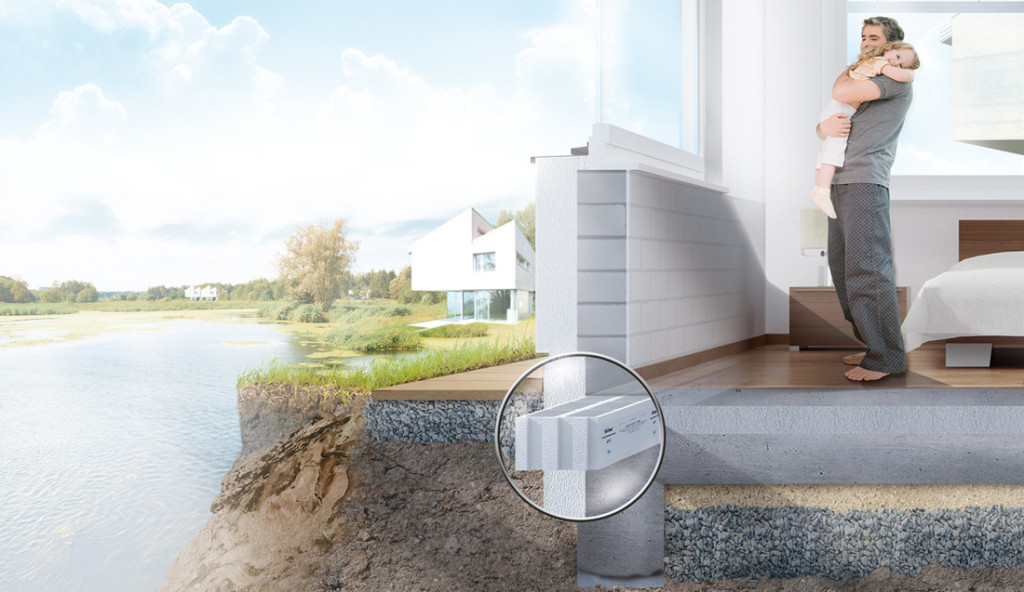I’m just back from three days at Buildnz Designex, working on the Homestar stand and I’m fairly exhausted after talking to so many interesting designers, architects, builders and loads of product suppliers.
Trade shows and expos can be a gamble. They’re expensive to attend as an exhibitor, they take time out of ‘productive work’ and are generally disruptive to all the other projects back in the office. But sometime that disruption can be a very positive thing.
Buildnz / Designex definitely felt positive for me. Perhaps I’ll feel slightly different tomorrow when the reality of un-read emails and undone tasks hits me, but for now I glad to have been there to learn about some new directions in the New Zealand building industry.
Buildnz Designex Highlights
Here are some takeaway thoughts and highlights from me about this year’s show.
Homestar Awareness
 More than half the people who came to our stand, had either heard of Homestar, or knew a bit about it. After a couple of years in the market place, this is a good sign for New Zealand’s own residential rating tool and some thanks need to go to Auckland Council and BRANZ.
More than half the people who came to our stand, had either heard of Homestar, or knew a bit about it. After a couple of years in the market place, this is a good sign for New Zealand’s own residential rating tool and some thanks need to go to Auckland Council and BRANZ.
One of the seminars running during the show was about the Auckland Unitary Plan. Homestar is mentioned in the Unitary Plan as being a proposed mandatory measure for any residential building consent with five or more dwellings. A number of designers heard this message and were obviously intrigued.
BRANZ also gave a great little plug for Homestar during it’s current science road show which is very well attended. So thanks Auckland Council and BRANZ.
New Products for New Zealand.
Knauf insulation and plasterboard made a big entrance at this year’s Buildnz / Designex.
Knauf has enjoyed a big win in Christchurch recently with an opportunity to supply product alongside incumbent GIB plasterboards. They bring a load of innovation to the market place including sound absorbing panels, textured finishes and wallboards that actually scrub the indoor air clean of volatile organic compounds (VOCs).
It’ll be very interesting to see how well both Knauf plasterboards and Earthwool Insulation penetrate the market during the next 12 months.
Made in Germany
German product suppliers were always going to play a big role in this year’s event. The ‘Made in Germany‘ pavilion was back, bigger and better than 2011.
We’ve spoken a lot about Passivhaus, weathertightness and general building quality recently on Home Style Green. The reality is that some German products are really very good and New Zealand consumers stand to gain a great deal from more product choice from overseas.
Highlights for me include:
- Very high performance windows such as the glazing units used by Raglan-based company Ecowindows
- Concrete block and reinforcing systems from Laros Technologies to eliminate thermal bridging in foundations
- High performance vapour barriers from Pro Clima.

Aridon
I met Stephen and Christina from Aridon, and got to see their product up close. Very excited to keep watching that journey over the next little while.
How can we Improve our Houses?
An overall highlight for me came from the design and architecture community. Lots of people I spoke to wanted to know the specifics about how to make better, warmer, dryer, more efficient homes for their clients. This is a super exciting question for me to be asked. It’s what I’m here for. To have lots of people starting to ask this is a very positive sign.
So after Buildnz / Designex 2013, I’m tired but inspired.
If you were at the show, what was your highlight?
If you weren’t there, is there anything specific you’d like to know about or get an opinion on?
Check out the list of exhibitors and post a question below.
Buildnz designex Podcast
Hear my thoughts about the show, in the Home Style Green Podcast, episode 38.



Leave a Reply